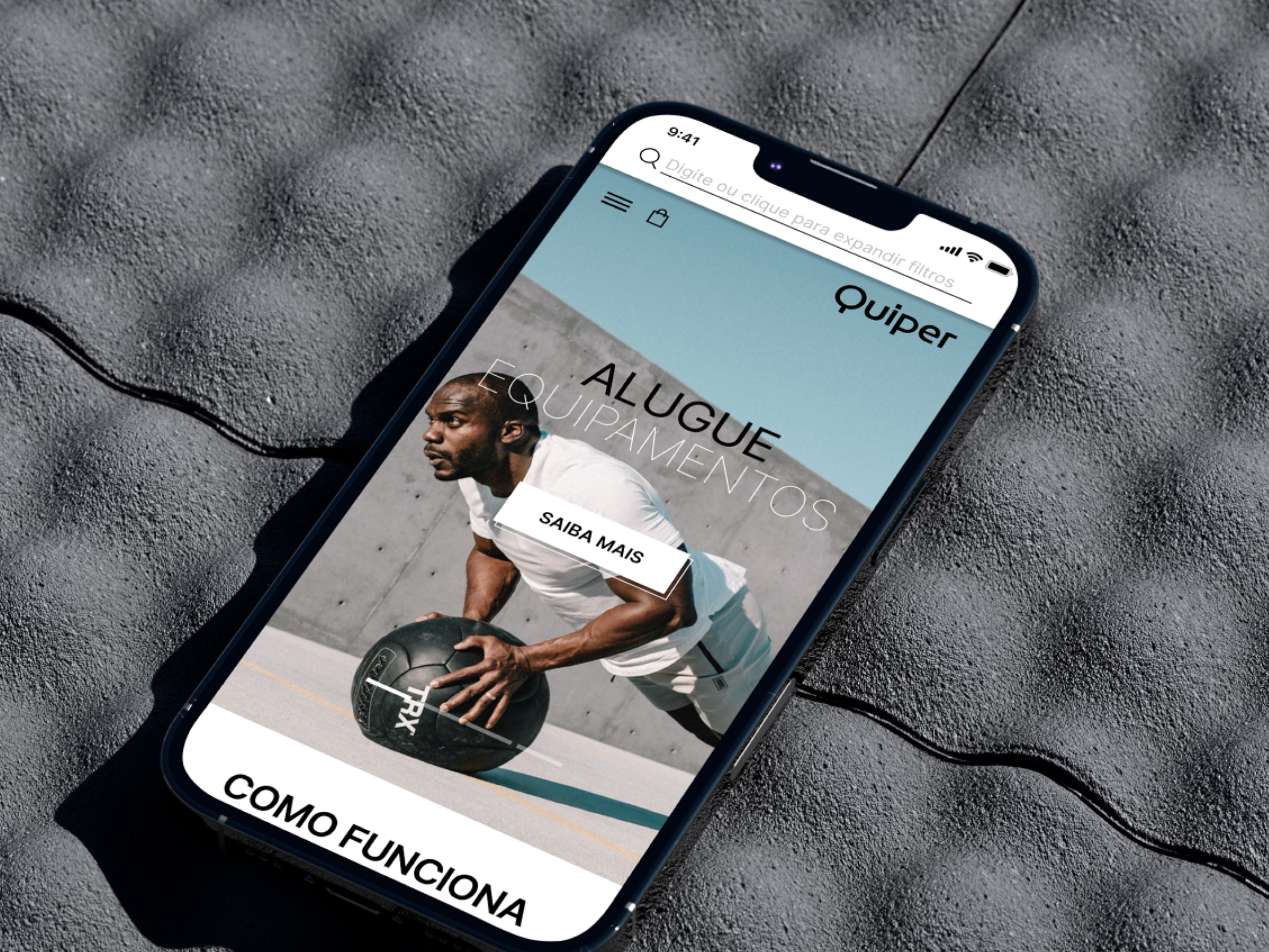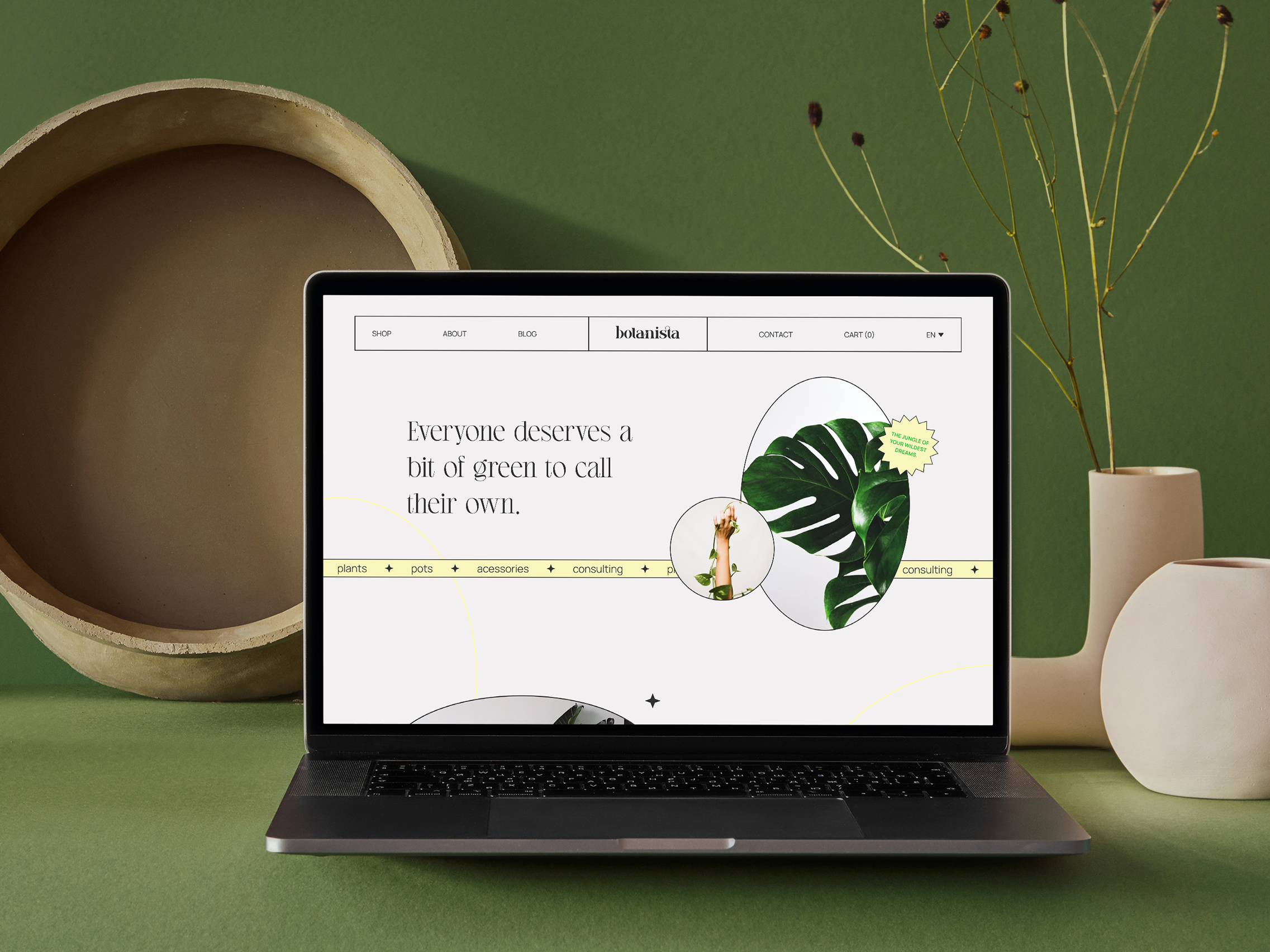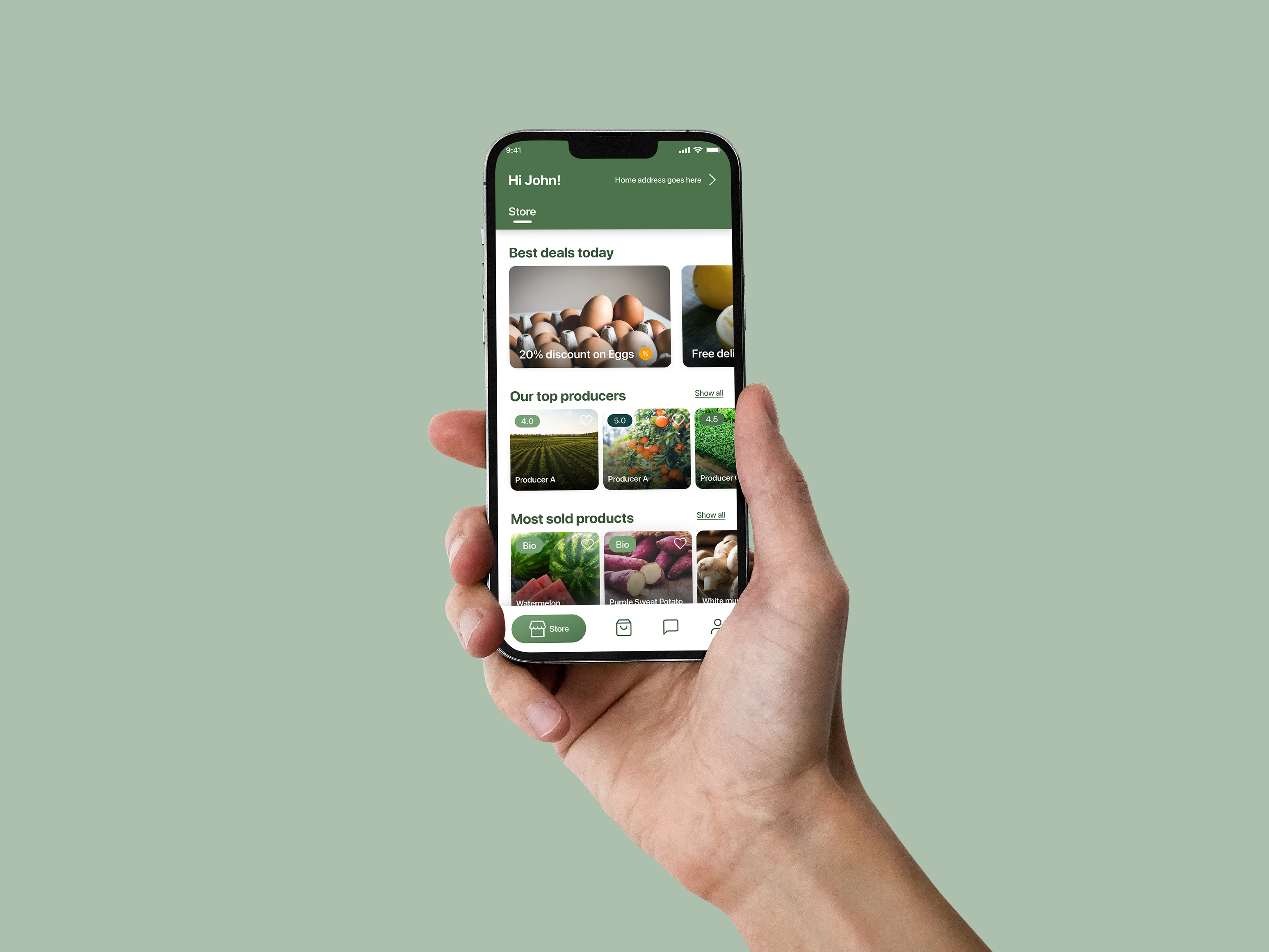Roles
• User Interface (UI) Designer
• Visual Designer
Project Specifications
Duration: 4 weeks
Tools:
• Figma
• Photoshop
• Photoshop
Deliverables
Interaction Design:
• High-fidelity interactive prototypes for key tasks on iOS and desktop.
UX/UI Design:
• Low-fidelity wireframes
• High-fidelity mockups and prototypes
• Design system and UI kit
• Low-fidelity wireframes
• High-fidelity mockups and prototypes
• Design system and UI kit
Objectives
The primary goal of the .heim project is to create a mobile and desktop website that is responsive and user-centric. It guides users effortlessly through their real estate journey, enabling them to explore properties, make informed decisions, and ultimately find a new home that suits their needs and financial plans.
Key Features
• Intuitive Property Search: .heim boasts an intuitive property search feature that allows users to filter listings based on location, budget, size, and amenities. This empowers users to pinpoint properties that match their criteria accurately.
• Interactive Visuals: High-quality images, 360-degree virtual tours, and detailed property descriptions bring listings to life, allowing users to visualize their potential new home.
• Budget-Friendly Tools: To cater to users with varying budgets, .heim provides budget calculators and mortgage estimators, making it easy for users to understand the financial aspects of their property purchase.
• Responsive Design: Whether users are on a mobile device or desktop, its responsive design ensures a consistent and engaging experience, no matter the screen size.
• Profiles: Users can create personalised profiles to save their favourite listings, track their search progress, and receive tailored recommendations based on their preferences.
A Seamless Integration
Low-fidelity prototype testing allowed me to better understand how users expected to complete the task I was focusing on. The challenge was to keep key tasks simple, and at a single level, and how users would navigate between screens.
Establishing visual Design
As wireframes gained fidelity, I established a design system for .heim, including visual styles and UI components. This system increased efficiency during high-fidelity design iteration and helped maintain consistency across the platform.





